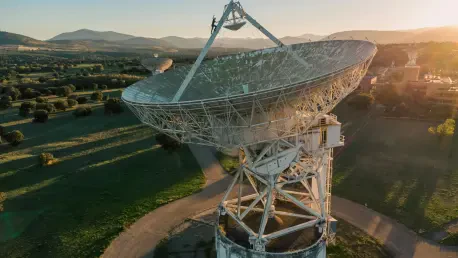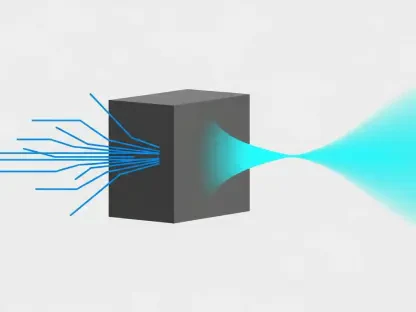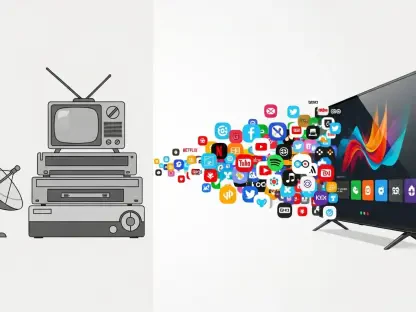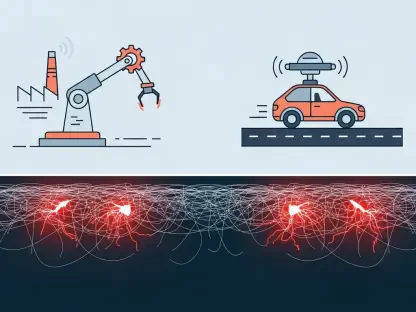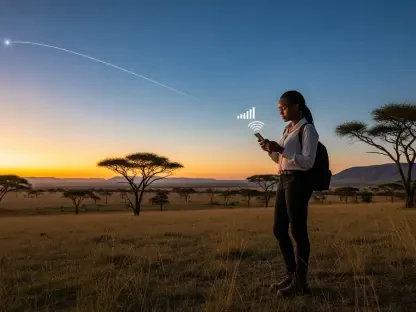Amazon’s Project Kuiper made a significant advancement by successfully launching an initial batch of 27 low-Earth orbit satellites. This launch took place from Florida’s Cape Canaveral via a United Launch Alliance rocket. The initiative seeks to build a constellation of satellites to deliver broadband Internet access to underserved global areas. Despite the successful launch, the project confronts challenges, particularly a production delay that jeopardizes meeting the FCC deadline of deploying over 1,600 satellites by summer 2026. The larger ambition is to have 3,236 satellites in orbit.
Amazon is making a substantial investment of over $10 billion into Project Kuiper. To facilitate this, the company has secured 80 launches with leading aerospace firms such as Arianespace, Blue Origin, SpaceX, and United Launch Alliance. The project targets connecting between 400 and 500 million households globally, presenting itself as a pivotal strategy in bridging the digital divide.
However, the initiative has sparked a debate. Missouri State Representative Louis Riggs argues that fiber optic broadband is a superior method for addressing the digital divide, emphasizing its reliability and speed. This debate gains traction as Kuiper potentially taps into the US Broadband Equity Access and Deployment program, which has a $42.5 billion budget for rural broadband expansion.
Project Kuiper stands as a transformative move in connecting underserved communities to high-speed Internet. Yet, it must navigate obstacles like production delays and differing technological preferences, amid crucial discussions on optimal solutions for reducing the digital gap.
